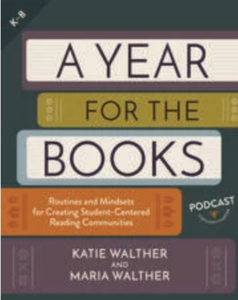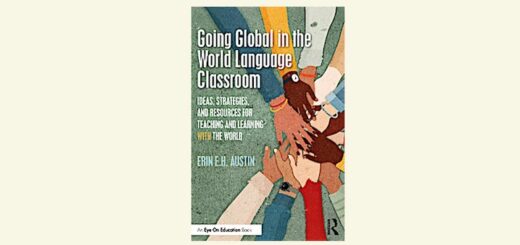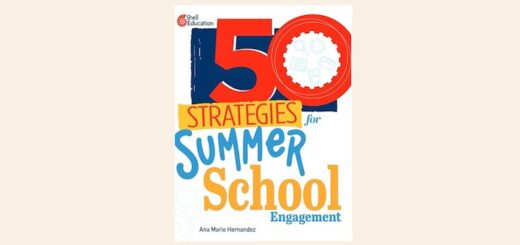Routines for Creating Reading Communities
A Year for the Books: Routines and Mindsets for Creating Student-Centered Reading Communities
By Katie Walther and Maria Walther
(Routledge 2024 – Learn more)
Reviewed by Laurie Miller Hornik


Routines to support reading
I had the expectation that A Year for the Books would be focused around reading, so I was surprised that so much of it centered on how to develop routines and create classroom agreements around behaviors and values – activities that might be just as appropriate in a math class.
The authors offer advice about connecting and conferring with caregivers, setting and revisiting expectations, and involving students in making decisions. Sometimes these use reading activities as examples or for context, but they aren’t really about reading. Reading seems to serve more as the vehicle for organizing the year, with organization of the classroom culture being the true purpose of the book.
Turning values into actions
One of my favorite parts was the table called “Turning Beliefs about Teaching and Learning Into Actions” (89). Here the authors directly connect how the belief that “everyone is a reader” can lead directly to the action “We will have ten minutes of reading time each day.” This is a powerful and important point: if we value something, we need to actually DO that thing.
In my school, our English classes are only 45-50 minutes long, but we always begin with ten minutes of free reading, and this practice does indeed serve to help turn our classes into reading communities. I appreciated the authors’ emphasis on the importance of turning beliefs like these into actions.
Classroom reading and beyond
I also appreciated the authors’ reminders about setting out new or different books at different times of year. Even the chronological structure of the book itself offers a good reminder to use the arc of the year to help organize the arc of the reading lives of our students.
Near the end of the book, the chart “Reading Beyond the Classroom” (146) provides suggestions for helping readers to extend their reading outside of school – for instance by joining book clubs or visiting libraries once school is out for the summer. It’s easy to forget that our students’ time with us is one step in a longer journey. Just as students arrive with prior reading experiences, we need to help set them up for their future reading lives.
Laurie Miller Hornik is a K-8 educator with over 30 years of experience. Currently, she chairs the Middle School English Department and teaches seventh grade English at an independent school in NYC. Laurie is the author of two middle-grade humorous novels, The Secrets of Ms. Snickle’s Class (Clarion, 2001) and Zoo School (Clarion, 2004). She writes a weekly Substack of humorous essays called Sometimes Silly, Sometimes Ridiculous and creates mixed media collages, which she shows and sells locally and on Etsy. See her other MiddleWeb articles here.

































